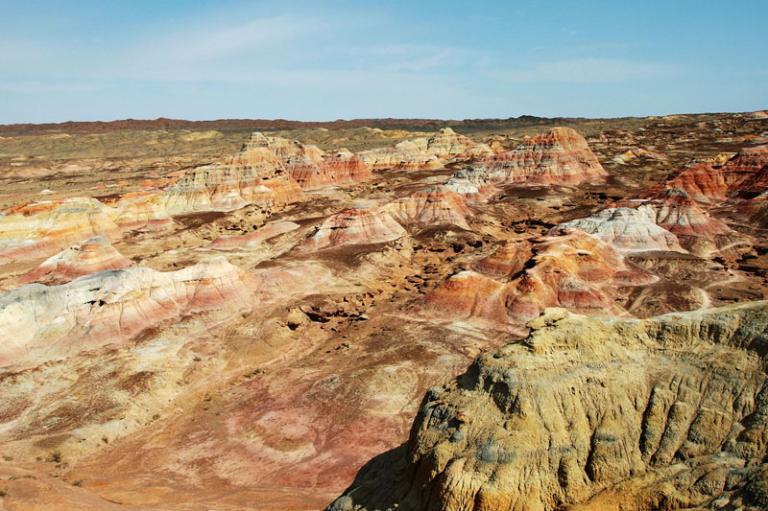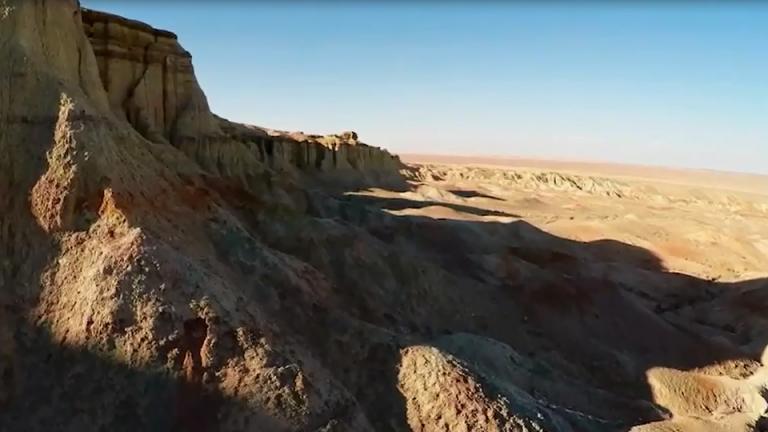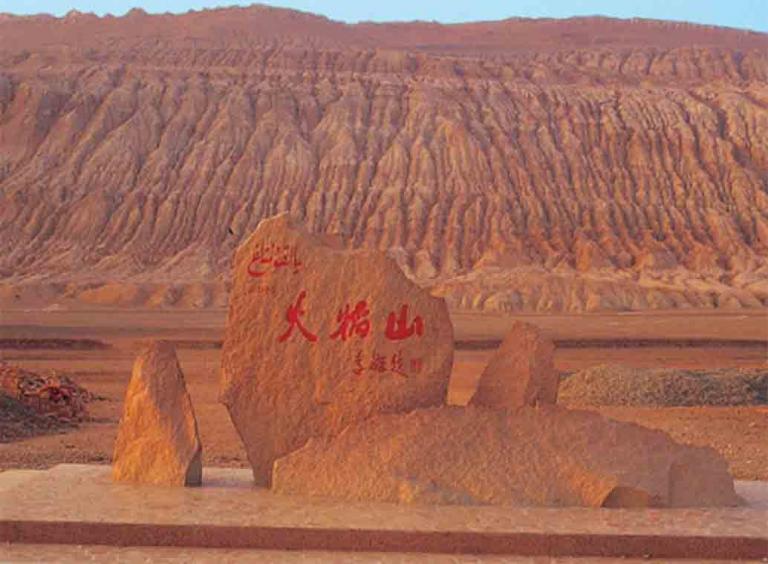Xinjiang desert and Gobi
4 min readSmoke rises up in a straight line into the sky in the Great Desert, while the Yellow River becomes dimmed as the round setting sun goes down “a famous sentence full of grandness from a famous poem exhibits to the world the magnificent views such as the yellow sand. vastness and desolation and loneliness of the desert We have to say that the deserts present another kind of beauty of Xinjiang, the beauty of strong vitality and the grand of life, which can be realized only after understanding the sand and wind and appreciating the loneliness.

Desert refers to the sandy land of sandy desert, semi-desert and dry steppe zone; Gobi refers to flat land of gravelly and stony desert and semi-desert The total area of desert and Gobi in Xin jiang is up to 713, 000km², accounting for 55.6% of the total desert and Gobi area in China It includes 420 000km of desert area and 293000km²of Gobi area, accounting for 58.9% and 51. 4% respectively of the desert area and the Gobi area in china.
The deserts in Xinjiang are typical inland temperate deserts. The Tianshan Mountains range, lying across the middle of xin jiang from the east to the west, makes the deserts of Northern and Southern Xinjiang feature great differences In Southern Xinjiang, represented by the Taklimakan Desert where the wind activities are frequent and intense affected by the intersection of the northwest and northeast two prevailing winds, the precipitations are mostly below 50 mm, and less than 10 mm in desert centers, which is the center of aridity of the eurasia. The annual sandstorm days on the south rim is over 100 days, causing the desert to move southwards continuously. In Northern Xinjiang, it is represented by the gurbantunggut Desert where because the gap in the west of Junggar Basin brings for the basin moist current, the annual precipitation can be up to 100-200mm. More precipitation, particularly snow in the winter, forms a thick suspending sand layer on sand dune, and supplies water for all kinds of animals and vegetations to maintain their lives.
In China, among the 10 deserts covering over 10 thousandkm, Xinjiang has 3 deserts on that list:
The Taklimakan Desert, located at the center of Tarim Basin, covering 3, 376,000km”and accounting for 47 3% of the desert area in China is the largest desert in China as well as one of the seven large deserts of the world le Gurbantunggut Desert, located at the center of Junggar Basin and covering 48.8 thousandkm². is the second largest desert in China as well as the largest fixed and semi fixed desert in China;
The Kumtagh Desert, located in the east of Xinjiang, extends from the southeast of LopNor to the west part of Dunhuang City, Gansu Province with an area of 22. 8 thousandkm ranked 9 of the 10 largest deserts in China.

Besides these three deserts, there are also deserts, including the Takeermohuer Desert extending from the southwest of Huocheng County in Ili valley to the border between China and Kazakhstan: the akebielekumu Desert and the maertazining desert respectively on the south and east bank of Bosten Lake in Yanqi Basin; the highest desert in the world on Kunlun-the Kumukuli Desert(3,900-4, 700 meters above sea level). Moreover, in the depression of Ebinur Lake and Basin of Buluntuohai Lake, along the banks of Irtysh River and in some oases, there are spreading many small deserts sporadically.
Taklimakan, means”not being able to come out once going into it”in the Uygur language. The Taklimakan Desert has always been called”Sea of Death”, which is a forbidden zone for human activities The sand dunes here are high and have complicated shapes; among them, active sand dunes accounts for over 85%, including almost all kinds of sand dunes of deserts in China, Compound sand hills and longitudinal dunes are like giant dragons lying on the ground; the dune group in tower shape distributes all kinds of honeycomb, feather and scale-shaped dunes that are changeable and unpredictable. At daytime. the sun is broiling. the sand dazzling and sometimes the temperature of sand surface up to 70C-80C Vigorous evaporation makes the ground visions erratic, often causing the wonders of mirage While around the desert, and along the banks of yarkant River, Tarim River, Hotan River and che’ erchen River and other rivers, there are euphrates poplar forests and tamarix chinensis bushes growing, symbolizing life and hope. The magnificent views of “sand sea and green oasis”are all amazing and beautiful.
The deserts and gobi in Xinjiang, not only present colorful and unique views, but also contain a great number of ancient cultural relics obscure mirages. miracle singing sands and fantasy desert sun setting and rising. are all fascinating: not to mention the ruins of ancient cities in the deserts are attractions to the archaeologist…
The deserts and Gobi in Xinjiang are broad and unfrequented, but they are definitely not barren and lifeless. There is a vegetable kingdom showing vitality; there is an animal world full of vitality: there is oil and natural gas of a large reserve; there are precious mineral resources of multiple kinds; and there are two desert highways, which can be called a miracle to cross the “Sea of death’…









